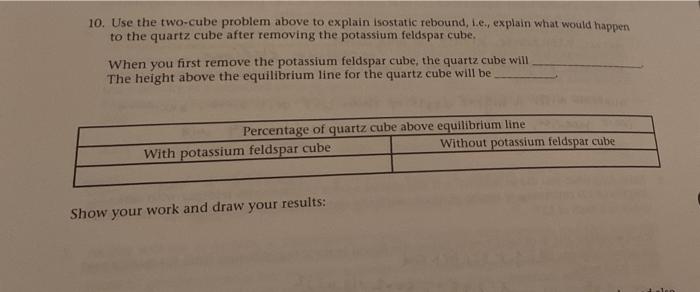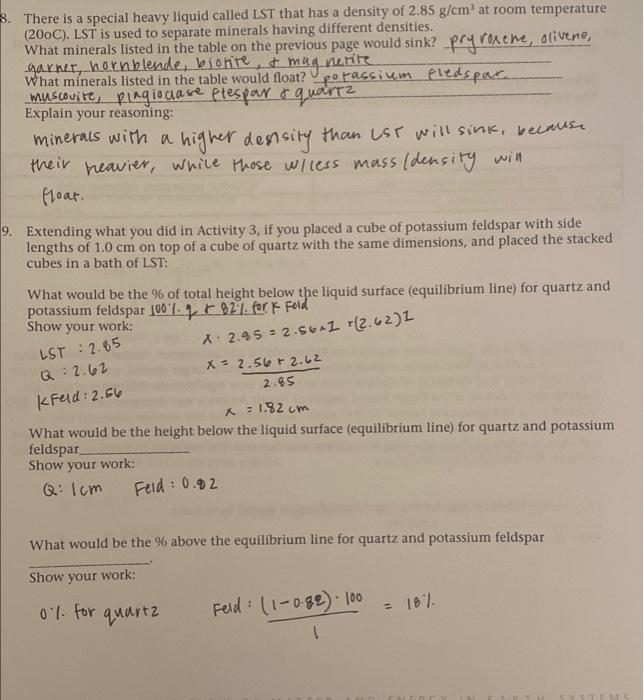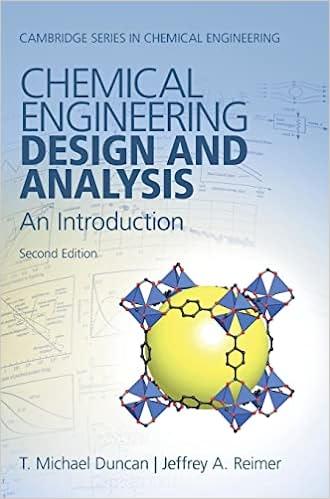Answered step by step
Verified Expert Solution
Question
1 Approved Answer
number 10 please these are the previosu questions 10. Use the two-cube problem above to explain isostatic rebound, Le, explain what would happen to the
number 10 please 

10. Use the two-cube problem above to explain isostatic rebound, Le, explain what would happen to the quartz cube after removing the potassium feldspar cube. When you first remove the potassium feldspar cube, the quartz cube will The height above the equilibrium line for the quartz cube will be Percentage of quartz cube above equilibrium line With potassium feldspar cube Without potassium feldspar cube Show your work and draw your results: 3. There is a special heavy liquid called LST that has a density of 2.85 g/cm at room temperature (200C). LST is used to separate minerals having different densities. What minerals listed in the table on the previous page would sink? pryroxene, olivene, garner, hornblende, bionte, mag netike What minerals listed in the table would float? potassium pledspar muscovite, plagioclase prespar & quartz Explain your reasoning: minerals with a higher desssity than Ust will sink, because their heavier, while those wiless mass (density will float. 9. Extending what you did in Activity 3, if you placed a cube of potassium feldspar with side lengths of 1.0 cm on top of a cube of quartz with the same dimensions, and placed the stacked cubes in a bath of LST: What would be the % of total height below the liquid surface (equilibrium line) for quartz and potassium feldspar 100%2021. for fuld Show your work: LST :2.65 Q :2.62 kfeld: 2.56 x 2.95 = 2.56+1 +(2.62)2 x = 2.567 2.62 2.85 x = 1.82cm What would be the height below the liquid surface (equilibrium line) for quartz and potassium feldspar Show your work: Q: 1cm Feld: 0.02 What would be the % above the equilibrium line for quartz and potassium feldspar Show your work: 0% for quartz Feld: (1-0.82). 100 = 15% 
these are the previosu questions

Step by Step Solution
There are 3 Steps involved in it
Step: 1

Get Instant Access to Expert-Tailored Solutions
See step-by-step solutions with expert insights and AI powered tools for academic success
Step: 2

Step: 3

Ace Your Homework with AI
Get the answers you need in no time with our AI-driven, step-by-step assistance
Get Started


